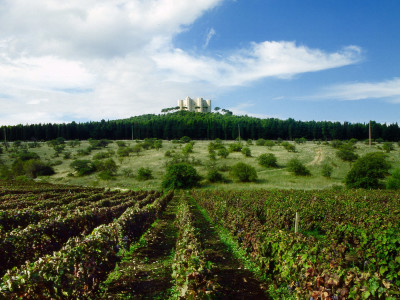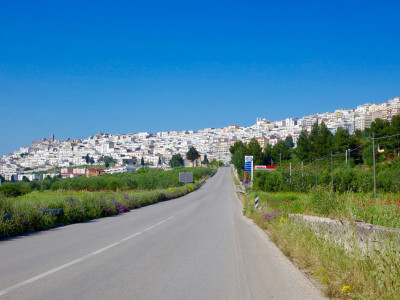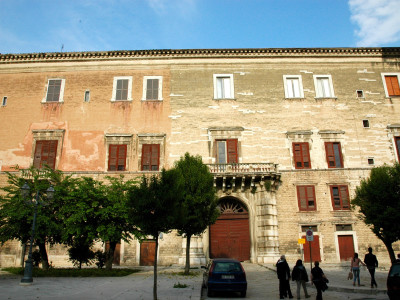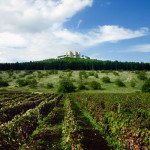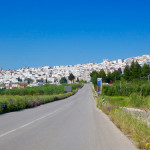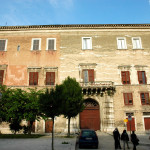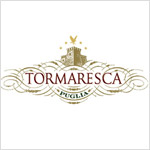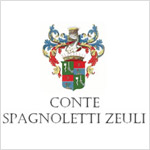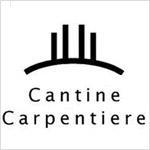Trani
Trani lies on a natural creek which has now become its harbor but was once the bed of an ancient river. The centerpiece of the city is the medieval village that grew around the marina.
The city’s history has always been directly linked to the port and therefore, to the sea, as far back as 1063 where the “Ordinamenta Maris” is promulgated to govern relations among the seamen.
The heart of the medieval village is the magnificent Cathedral, situated in such a way as to be barely lapped by the sea, try to take a walk along the waterfront going towards the city, you will have the chance to admire the apses of the cathedral in all their beauty and so as you approach you will catch sight of the nearby majestic Castello Svevo.
The two artifacts seem to be bulwarks ever ready to protect the city.
The Cathedral Square is enclosed by numerous palaces that arose in different periods, among them are the Archbishop’s Palace, Palazzo Ladispoto, Palazzo Torres that is now the Palace of Justice, Palace of the Seminary which houses the Diocesan Museum; with the sea behind you, and with a single glance, you can enjoy the view of all these precious architecture.
From the Duomo square, a maze of narrow streets leads you into the inner part of the historical center to capture, in the architectural evidence, the historical periods that have come and gone over time, as happens for example along the Jewish ghetto.
The Jewish community had four synagogues of which only two still exist, and the smallest of these is the oldest functioning synagogue in Europe.
In the nearby Via Ognissanti is the Chiesa di Ognissanti (Church of All Saints). It was commissioned by the Order of the Knights Templar, and was where the Knights of Malta, about to leave for the East, took their oath.
In via Romito one can admire the Chiesa di San Giacomo (Church of St. James), which was built in the first half of the twelfth century.
The church is an important example of Apulian Romanesque architecture. This church probably held the first tomb of San Nicola Pellegrino. Inside the church are displayed the statues of the compelling procession of the Mysteries of Good Friday.
In the oldest area of the historic town center is the unique Chiesa di San Martino (Church of San Martino).To access it you must enter a small courtyard and go down below street level. Over time the church has been altered to the point that, even having been used as a workplace, located inside is a large, well-preserved oven that is as well preserved as the two underground tombs left on view.
The Church of Sant’Andrea, in via Mario Pagano, is one of the oldest churches in Apulia with a dome cover. The dome is covered externally by thin slabs of stone that in local parlance are called “chiancarelle”, while internally it rests on four pillars; from an engraving it can be seen that one of these was a milestone along the via Traiana. Inside the church are the records of a Eucharistic miracle that took place around the year 1000, there lay the remains of a consecrated host, that fried in the act of sacrilege, bled copiously.
After a long walk, a respite in a beautiful public garden and a delectable ice cream cone would just be perfect!
The villa, built in part along the old city walls, is a garden on the sea from where to enjoy an awesome panorama that includes the Cathedral, the inlet of the harbor with the city’s waterfront and the Monastero Colonna (Monastery Column).
Among the garden paths are six milestones of the via Traiana, a cannon of the last war and a sounding board for small outdoor concerts.
Inside the villa there is also the Fort St. Anthony, for a time at the entrance to the harbor defense and that encompasses the namesake of the twelfth-century church.
A long walk takes us just outside the old town and we could admire the Column Monastery complex. The small church is open for worship while most of the monastery host various cultural events. The visit of the complex should include a stop on the terrace where you can enjoy a breathtaking view.
Due to its nature as a vibrant cultural center and for the numerous important events that it hosts, Trani is the ideal place to spend a stimulating holiday; besides, the harbor area is dotted with restaurants, pubs, and pastry shops, making the seafront a great place meeting.
So take advantage of it to taste the typical almond tarts, accompanied by the excellent Moscato di Trani, a DOC dessert wine with a golden yellow color obtained from a long maceration of the grapes until they are completely withered.
Overwhelmed by so much sweetness, let’s enjoy the view of the harbor and the last light of the sunset reflecting on the splendid Cathedral.
Tips
Wineries to visit
- Tenuta Cocevola
distance 12 Km, about 16 minutes by car - Torrevento
distance 25,3 Km, about 35 minutes by car - Cantine Carpentiere
distance 28,2 Km, about 36 minutes by car - Cantina Grifo
distance 28,3 Km, about 31 minutes by car - Spagnoletti Zeuli
distance 32,2 Km, about 34 minutes by car - Azienda Rivera
distance 40,2 Km, about 34 minutes by car - Tormaresca
distance 51 Km, about 48 minutes by car
Where to eat
- U.P.E.P.I.D.D.E
distance 27,7 Km, about 29 minutes by car - Tenuta Pedale
distance 28,6 Km, about 37 minutes by car - Terre di Traiano
distance 31,8 Km, about 34 minutes by car




